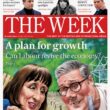Teemu Henriksson, of WAN-Ifra, the World Association of News Publishers, reports that the French publisher has increased its newsroom headcount by no less than 80% in the past 15 years. By doubling down on its journalism, Le Monde president and CEO Louis Dreyfus claims to have transformed itself from “near bankruptcy” to a company whose digital revenues are on track to cover newsroom costs within two years.
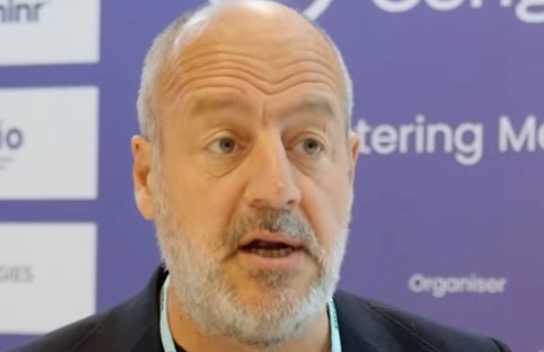
While many publishers have resorted to slashing their editorial teams, Le Monde is charting an altogether different course – expanding its newsroom instead of pulling back: “I suppose it’s quite old-fashioned, but we decided to invest in the newsroom – in journalists,” Louis Dreyfus told WAN-IFRA’s congress in Krakow.
This has proven to be a pivotal decision in helping Le Monde turn its fortunes around. When Dreyfus took over in 2010, the company was, in his words, “nearly bankrupt.” Since then, Le Monde has significantly expanded its newsroom. In 2010, the publisher employed 310 staff journalists. Today, that number has grown to more than 560 – an increase of 80%.
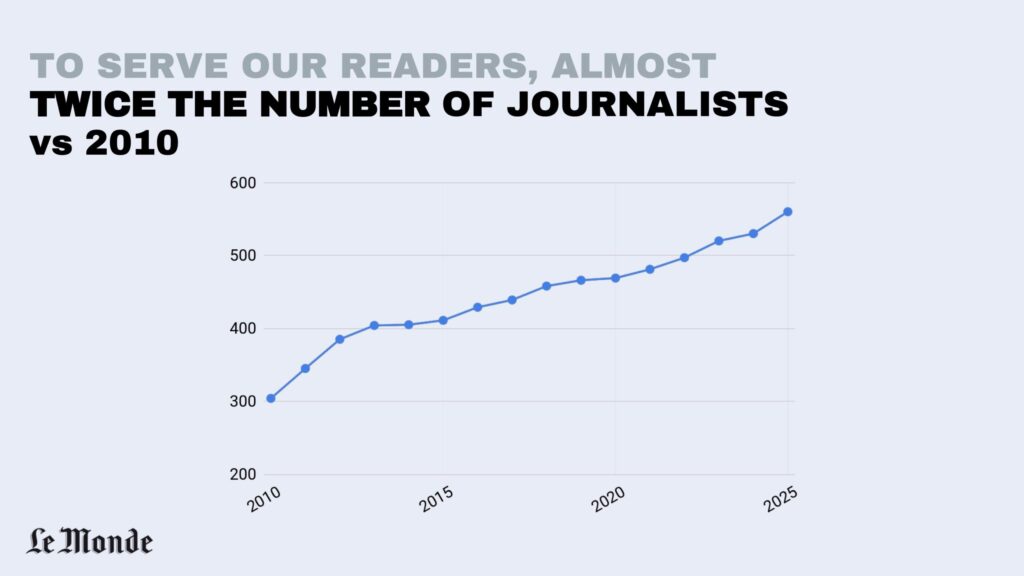
“Why did we do that? Because we needed more people to have more time to do better reporting. “We think that if people subscribe to Le Monde, it’s for exclusivity and quality journalism. We cannot do that without this larger staff.”
Speaking at the World News Media Congress, Dreyfus said the strategy of doubling down on journalism may not be a model that all media brands can follow. However, “if you are a quality media that is priding itself on the quality of its journalism, you need to invest in journalism.”
This investment has also helped with building a trustworthy relationship with readers, the CEO said: “One of the main pillars of this relationship is the number of journalists and the quality of their working environment, for them to have time to cover things.”
Le Monde has also expanded its coverage areas, helping it to update its brand and move away from its somewhat stuffy image of the past. When he was leading the newsroom, Le Monde’s founder Hubert Beuve-Méry would instruct his staff to “make it boring,” Dreyfus said. “The more serious and boring Le Monde was, the better.”
Over the past 15 years, the newspaper has added a wider variety of issues to its regular coverage, including women’s rights, sexuality, education and personal life. In 2011, it launched the “M le Mag” lifestyle magazine. It has also increased the number of journalists, for example, covering Africa from four to 36.
The publisher has also invested in new formats aimed at young audiences in particular, producing content for a range of platforms: “We wanted to be on the playing field of a younger audience,” said Dreyfus.For example on Snapchat Le Monde has 1.4 million followers, most of whom are young. “We know that after a few years they are coming to our app. That’s a good reason for our growth.”
Video has also seen significant investments. One of Le Monde’s key learnings in this area is that young people expect authenticity from video content. Le Monde builds this by featuring younger journalists: “This kind of format, with younger journalists who explain the news, is a way to reach out to the young audience, to initiate a relationship in the hope that they will become subscribers later on.”
The newsroom investments have paid off: Le Monde’s subscriber base has grown steadily during the past few years and reached 663,000 in March 2025. Some 90% are digital subscribers.
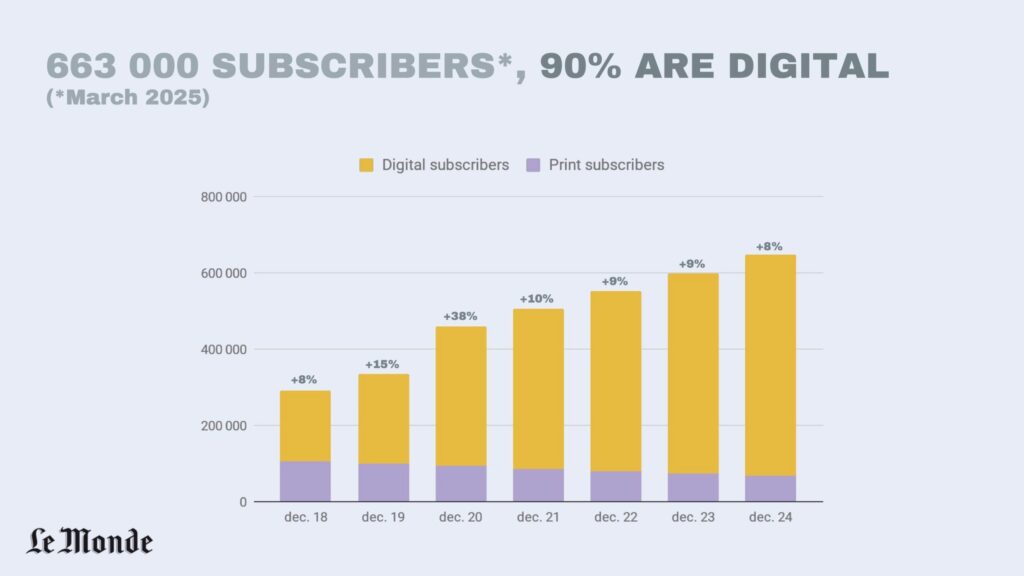
At the current growth rate, Dreyfus said, Le Monde’s digital revenues would cover its newsroom costs in two years. These are forecast at about €80mn this year, while digital subscriber revenues are expected to reach about €70mn.
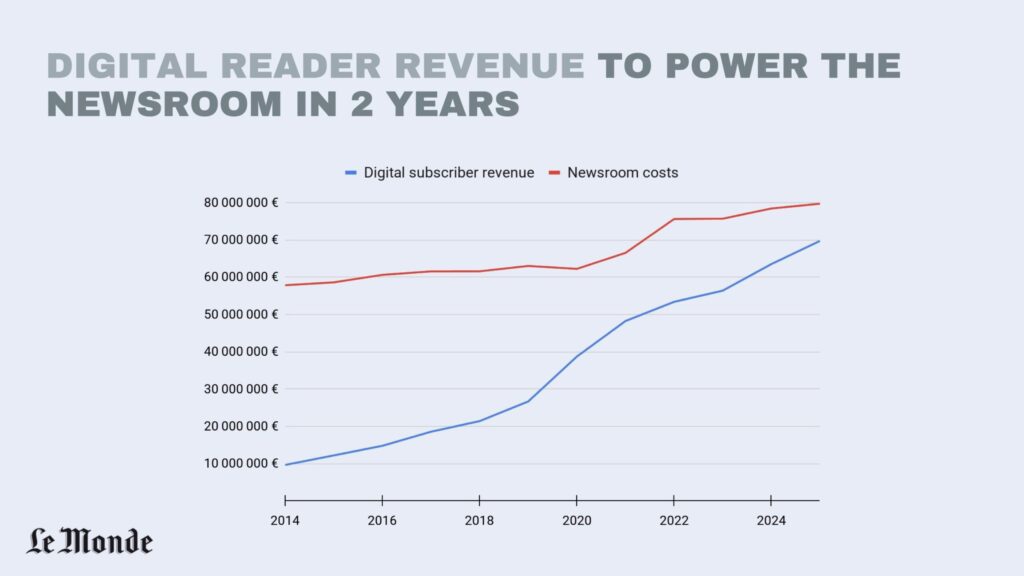
“This growth was not paid with discounts,” Dreyfus specified, noting that Le Monde’s monthly ARPU has also grown, reaching almost €12 earlier this year.
In a separate session at the Congress, Le Monde’s Flavia Barbosa Ferreira, Head of Marketing Retention, discussed how the company has used pricing simulations, churn modelling and offer redesigns to drive sustainable growth. She highlighted Le Monde’s strategy of managing churn through gradual price increases, which had helped to avoid sudden drop-offs.
Dreyfus said that, rather than offering significant discounts, the publisher’s pricing strategy is to upsell based on the number of accounts included in the subscription. The basic subscription includes one account, while more expensive “Duo” and “Family” subscriptions include two and four accounts, respectively.
Digital subscriptions now account for 35% of Le Monde’s total revenue. Including print subscriptions and newsstand sales, reader revenue represents 66% of the newspaper’s total revenues (72% for the entire Le Monde Group).
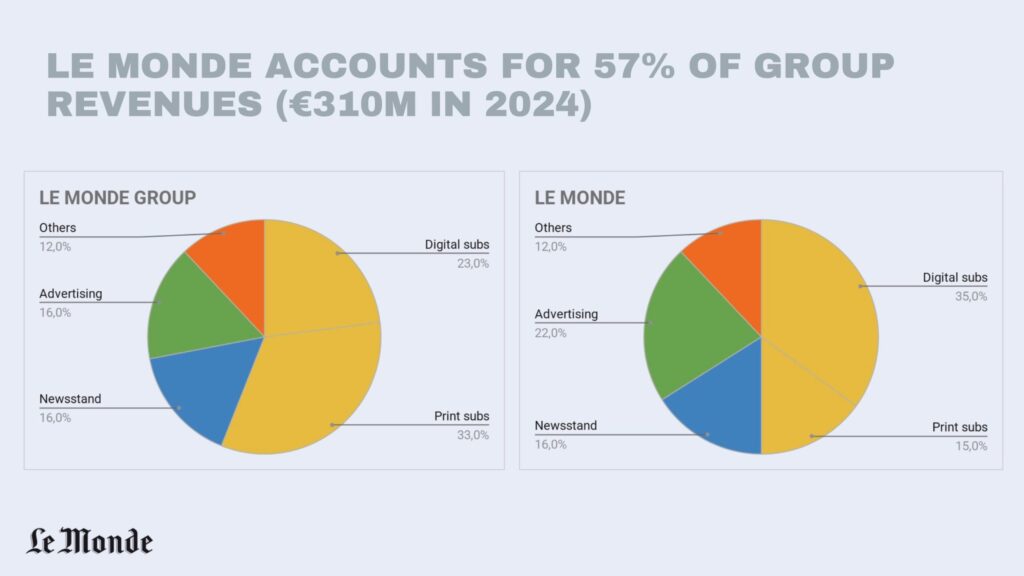
In June, Groupe Le Monde announced its latest results, revealing that its EBITDA had increased from €18.7mn in 2023 to €26.2mn in 2024. This is quite a reversal from 2010, when Dreyfus said the publisher was losing €10mn a year: “So we think that with digital subscriptions, but furthermore with journalists, we can make a turnround, and we can make a business model.”
Alongside its investment in French-language journalism, Le Monde has been building up a substantial English operation in an effort to attract an international audience. “Le Monde in English,” an English-language digital edition, was launched in 2023. It features translations of 40% of the original French content.
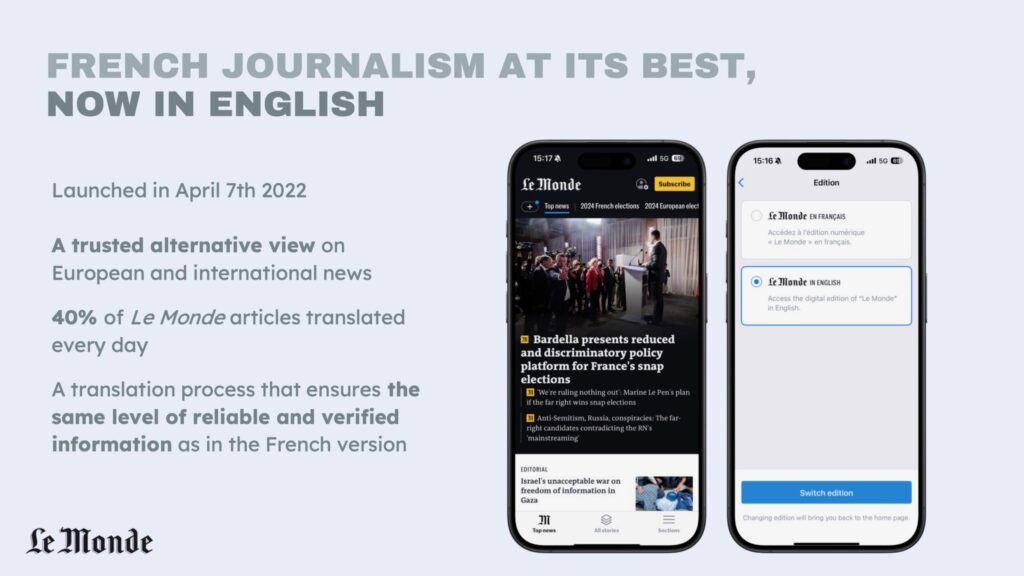
“Going forward, international audiences “will be a major investment for us, and we aim to have 15% of subscribers coming from ‘Le Monde in English’,” Dreyfus said.
AI is used for the translations, with English-speaking staff checking the content before publication.
Le Monde is, of course, using AI in other areas too, and Dreyfus was optimistic about the opportunities that this technology offers to publishers. The publisher has announced partnerships with OpenAI and more recently with Perplexity. The latter allows the publisher to offer its readers an “augmented search engine” for its content.
But given Le Monde’s significant investment in its newsroom, it is perhaps not surprising that, for Dreyfus, using AI is not about replacing journalists – at least not at Le Monde: “When I hear other CEOs saying that they will replace journalists with AI, I think it’s a big mistake. We should not forget that if people are paying for our content, it’s because there are journalists behind this content.“
